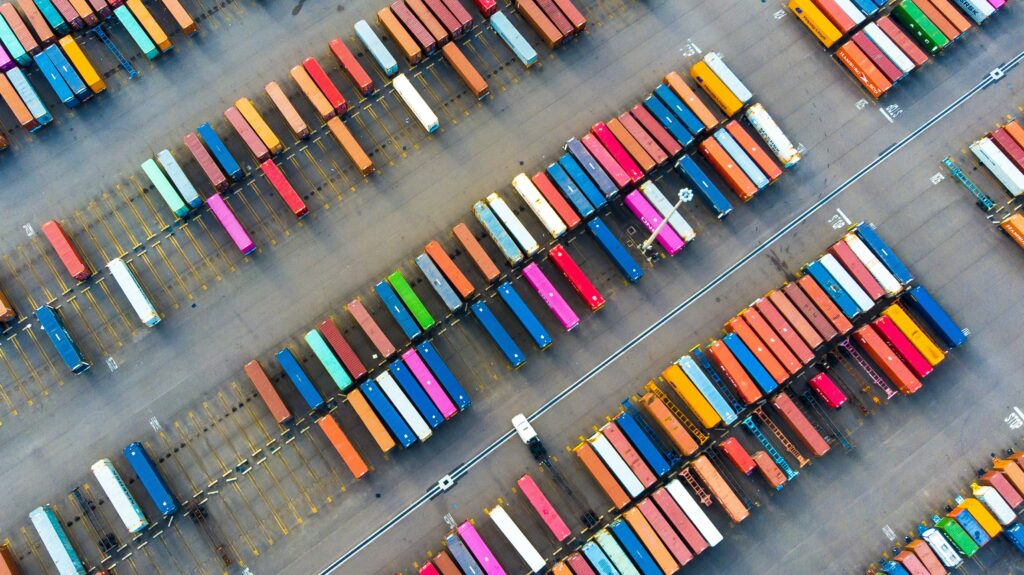How incorrect HS codes are driving up costs (and how to stop it)
Topics

Accurate customs classification can make or break a business’s bottom line. Yet, many companies underestimate the importance of getting Harmonised System (HS) codes right—until it’s too late. From unexpected duties to penalties, shipment delays, and dissatisfied customers, misclassification can be costly, and complicated, especially when every product shipped overseas needs a tariff code.
So, why are businesses still falling into this trap? And more importantly, how can you avoid it?
The cost of getting it wrong
The Harmonised System forms the foundation of global trade, categorising goods for customs purposes. A single incorrect digit can result in:
– Overpaying duties: Misclassifying goods into a higher tariff bracket can leave businesses paying thousands more in import costs.
– Underpaying (and facing penalties): Underclassify goods, and you risk fines, audits, or costly back-payments when customs authorities spot the error.
– Shipment delays: Misclassification can raise red flags, stalling goods at borders and jeopardising delivery timelines.

For businesses managing hundreds or thousands of products, the margin for error grows exponentially. Manual processes, reliance on guesswork, and inconsistent product data are often at the root of these problems. In fact, the importance of data in classification can’t be under estimated.
Common pitfalls in HS classification
– Guesswork over guidance: Relying on ‘best guesses’ without verified tools often leads to inaccuracies.
– Lack of training: Teams may not fully understand the complexities of HS code rules.
– Changes in tariff codes: HS codes are regularly updated, but many businesses fail to keep up, resulting in outdated classifications.
– Rushed processes: Under pressure to move shipments quickly, taking shortcuts when you have to do things quickly can increase errors.
How to stop HS misclassification
The good news? These costly mistakes are avoidable. Businesses need to:
– Adopt technology to streamline & automate: Tools like TariffTel streamline HS code classification, ensuring accuracy and compliance every time. Read the five main benefits of TariffTel according to our customers
– Stay up-to-date: Automated systems monitor changes to tariff codes for you and apply updates seamlessly. Never be caught out with an outdated HS code
– Reduce manual input: By removing guesswork and human error, businesses can ensure consistency across all classifications.
The bottom line
Incorrect HS codes aren’t just a minor headache—they can be a direct hit to your profits. By investing in technology that removes ambiguity and increases accuracy, businesses can avoid unnecessary costs, stay compliant, and keep goods moving smoothly across borders.
Discover how TariffTel makes HS code classification simpler, smarter, and more reliable. Get in touch for a demo and to hear more.
Other Useful Resources
Do customs brokers ensure tariff code compliance?
Customs brokers have long been essential partners for businesses operating in the complex world of international trade. ...
Windsor Framework update: Key details ahead of 1st May 2025 implementation
The Windsor Framework's latest updates come into effect on 1st May 2025, introducing new trading arrangements between Gr...
From spreadsheet chaos to smart compliance
Data accuracy matters more than you think in customs classification. In global trade, the difference between complian...



